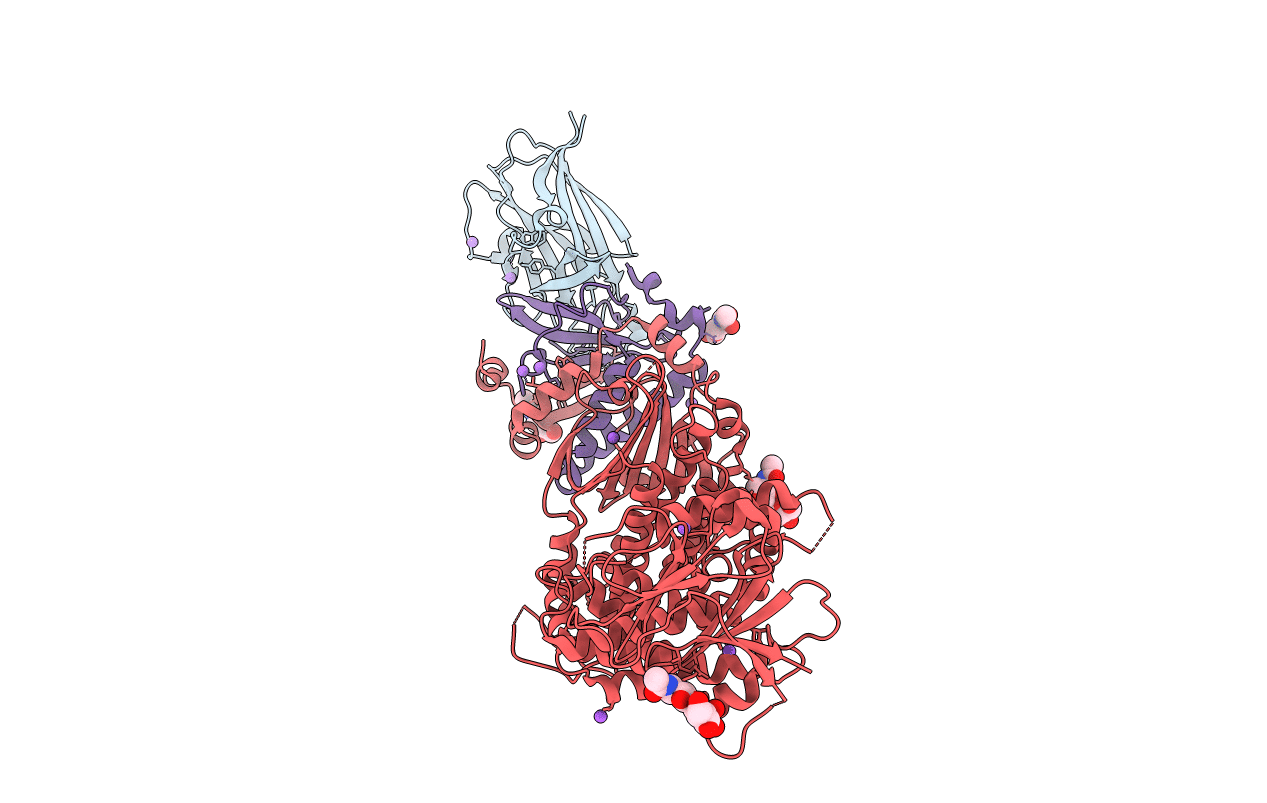
Deposition Date
2020-12-11
Release Date
2020-12-30
Last Version Date
2024-11-13
Entry Detail
Biological Source:
Source Organism:
Homo sapiens (Taxon ID: 9606)
Human herpesvirus 8 (Taxon ID: 37296)
Human herpesvirus 8 (Taxon ID: 37296)
Host Organism:
Method Details:
Experimental Method:
Resolution:
2.69 Å
R-Value Free:
0.26
R-Value Work:
0.22
R-Value Observed:
0.22
Space Group:
C 2 2 21


